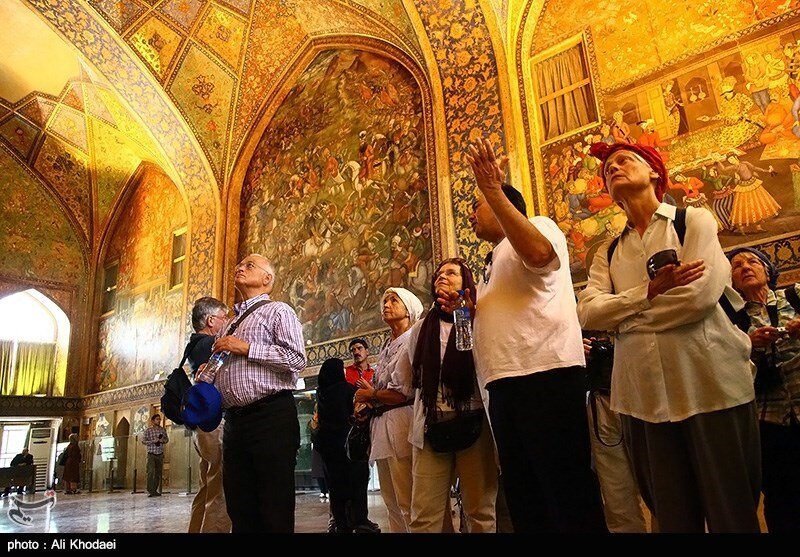Foreign arrivals in Isfahan rise sevenfold in 7 years

TEHRAN – Some 450,000 foreign nationals visited the central Iranian province of Isfahan during the previous Iranian calendar year 1398 (ended March 20), a sevenfold rise compared to around 64,000 visits during the Iranian calendar year 1391 (March 2012-March 2013).
Despite the issues and obstacles that the tourism sector was facing during the last Iranian calendar year, including flooding in the spring, protests [over petrol prices] in November, and the fatal Ukraine International Airlines plane crash in January, the number of foreign visits increased, IRNA quoted provincial tourism chief Fereydoun Allahyari as saying on Wednesday.
The provincial capital of Isfahan, an ancient city filled with many architectural wonders such as unmatched Islamic buildings, bazaars, museums, Persian gardens, and tree-lined boulevards and the oasis city of Kashan with an atmospheric covered bazaar and a UNESCO-recognized garden are top destinations for the domestic and foreign tourists.
However, Allahyari said that the province’s tourism sector has made a great effort to promote tourism in all 24 cities of the province and it seems it was successful to some extent.
Some 110 trillion rials (over $2 billion at the official rate of 42,000 rials) have been invested in the province’s tourism sector, parts of which as tourism-related projects, will come on stream in the near future, the official added.
He also noted that eco-lodge tourism is now promoted more properly in the province, and the number of eco-lodge units has increased from 30 to 450 units over the past seven years.
Soaked in a rich history and culture, Isfahan was once a crossroads of international trade and diplomacy in Iran. The city has long been nicknamed as Nesf-e-Jahan which is translated into “half the world”; meaning seeing it is relevant to see the whole world. In its heyday, it was also one of the largest cities in the region with a population of nearly one million.
Isfahan is renowned not only for the abundance of great historical bridges but also for its ‘life-giving river’, the Zayandeh-Rood, which has long bestowed the city an original beauty and fertility. The cool blue tiles of Isfahan’s Islamic buildings, and the city’s majestic bridges, contrast perfectly with the encircling hot, dry Iranian countryside.
The huge Imam Square, best known as Naghsh-e Jahan Sq. (literary meaning “Image of the World”), is one of the largest in the world (500m by 160m), and a majestic example of town planning. Built in the early 17th century, the UNESCO-registered square is punctuated with the most interesting sights in Isfahan.
Modern Isfahan is now home to some heavy industry, including steel factories and a nuclear facility on its outskirts, however, its inner core wants to be preserved as a priceless gem.
ABU/MG
